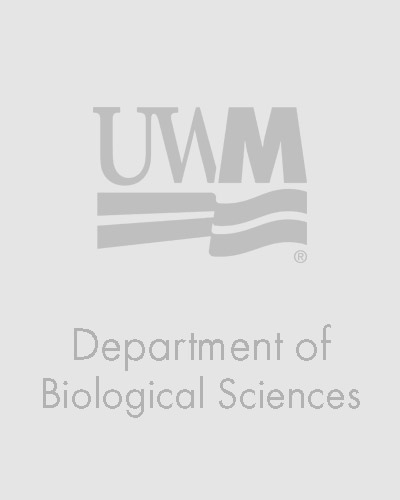
Reinhold Hutz
Education
- Postdoctoral Fellow, Wisconsin Regional Primate Research Center, Reproductive Endocrinology, (Dr. D.J. Dierschke, supervisor. Primary research area: Effects of estrogens on folliculogenesis.), 1983-1986
- PhD, Michigan State University, Physiology, (Dr. W.R. Dukelow, advisor. Dissertation: Biochemical aspects of embryonic development in primates following fertilization in vitro.), 1983
- MS, Loyola University of Chicago, Biology, (Dr. J.J. Peluso, advisor. Thesis: Aging effects on ovum maturation and RNA and protein syntheses in vitro.), 1980
- BS, Loyola University of Chicago, Biology, 1978
Website
Research Interests
My research has focused upon the reproductive effects of estrogens (natural and environmental pollutants with estrogenic activity) and pollutants that modulate the estrogen-receptor signaling pathway (e.g., dioxins). Such molecules can inhibit ovarian function and fertility in several mammals, fish, and aquatic invertebrate species. The following is a more detailed synopsis of my research efforts.
Overall my interests lie in the area of control of development and atresia (apoptotic degeneration) of ovarian follicles in animals (invertebrates, fish, rats, hamsters, guinea pigs, primates). My laboratory evaluates effects of estrogens, follicle-stimulating hormone, growth factors, and most recently gold nanoparticles on the induction of atresia, studied in vivo and on follicle cells and oocytes in vitro; and the regulation of estrogen receptor function and fertility by endocrine-disrupting pollutants such as dioxins.
In a typical human menstrual cycle, one ovarian follicle (containing a healthy egg cell) from a cohort of a dozen or so goes on to ovulate, relegating the others to degeneration, or atresia by apoptosis. The primary focus of our laboratory is the elucidation of those factors involved in the regulation of ovarian follicle development (folliculogenesis), atresia, and ovulation in mammals. We are particularly intrigued in the role played by estrogens in this process. These biomedical models strongly suggest that there exits a complicated network of factors involved in overall regulation of folliculogenesis.
The various biomedical models that we use are applicable to humans, but possess the advantages of smaller size, ability to manipulate, genetics (e.g., zebrafish), direct extrapolation (non-human primates), and fewer ethical concerns. The biomedical goals of our studies are to determine the effects of neural and environmental molecules to which we are exposed on a daily basis on reproductive health and fertility in women; and to discern how these detrimental effects may be ameliorated, abolished or prevented.